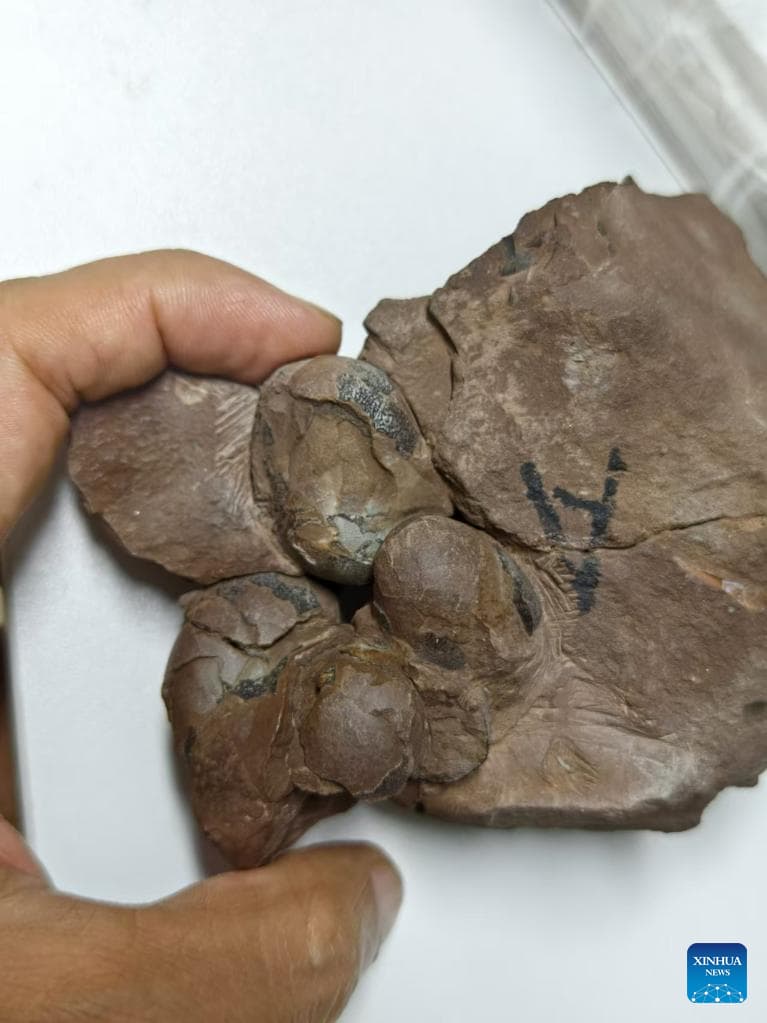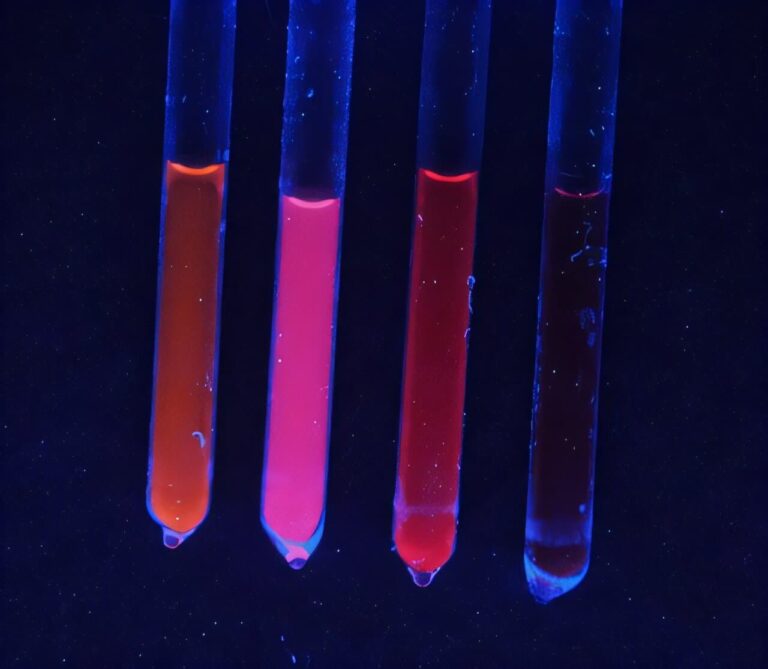First Observation of Single-Electron Bond in Carbon: A New Chapter in Chemistry
In a groundbreaking discovery, researchers have observed a single-electron covalent bond between two carbon atoms—a rare bond type that redefines our understanding of chemical interactions. Published on September 25 in Nature, this finding provides insights into carbon’s unique bonding abilities and could reshape the field of chemistry.
Typically, covalent bonds form when atoms share electron pairs: a single pair for a single bond, two pairs for a double bond, and three for a triple bond. Chemists are familiar with these conventional bond types, but observing bonds formed by just one electron is a significant departure from known behavior. This discovery, especially in carbon—an element central to organic molecules like drugs, plastics, and proteins—is a major breakthrough, says chemist Takuya Shimajiri from the University of Tokyo, who co-authored the study.
A Rare Bond Achieved Through Careful Design
The concept of single-electron bonds was first suggested in 1931 by Linus Pauling. However, limited technology prevented scientists from observing this bond type until much later, says Marc-Etienne Moret, a chemist at Utrecht University in the Netherlands. Observing these bonds is difficult because they are unstable, often losing or gaining electrons to reach a more stable configuration.
In previous work, chemists observed single-electron bonds between phosphorus atoms in 1998 and between copper and boron atoms in later experiments. However, finding a stable form of this bond in carbon remained a challenge. To achieve it, Shimajiri and co-researcher Yusuke Ishigaki at Hokkaido University in Japan designed a molecule with a sturdy outer layer of fused carbon rings. This “shell” holds together a central carbon-carbon bond that is extended to make it more likely to lose one electron in an oxidation reaction, forming the elusive single-electron bond.
Stabilizing and Studying the Bond
To preserve this single-electron bond for observation, the research team crystallized the compound and exposed it to iodine, which triggered a reaction that produced a stable purple salt. This stabilization enabled the researchers to use advanced analytical techniques to study the bond in detail. Shimajiri noted that the compound remains stable even in ambient conditions, making it a valuable tool for further exploration.
The stability of this single-electron carbon bond could help chemists better understand chemical processes where such bonds are proposed but typically hypothetical. By capturing it in a stable form, researchers hope to clarify the role of one-electron bonds in chemical reactions and to define what qualifies as a covalent bond.
Potential Implications and Future Research
Guy Bertrand, a chemist at the University of California, San Diego, who previously worked on phosphorus single-electron bonds, emphasized the significance of finding this bond in carbon, as carbon’s role in organic chemistry magnifies the discovery’s impact. While the practical applications of this bond are still uncertain, Bertrand believes it represents a fundamental advance in chemistry, something that will be foundational for textbooks and future study.
Shimajiri and his team hope that this discovery will inspire further research into the nature of covalent bonds, particularly around the thresholds that define bond types. This work opens new pathways in understanding chemical bonds, and it underscores the complexity and adaptability of carbon, the building block of life.






